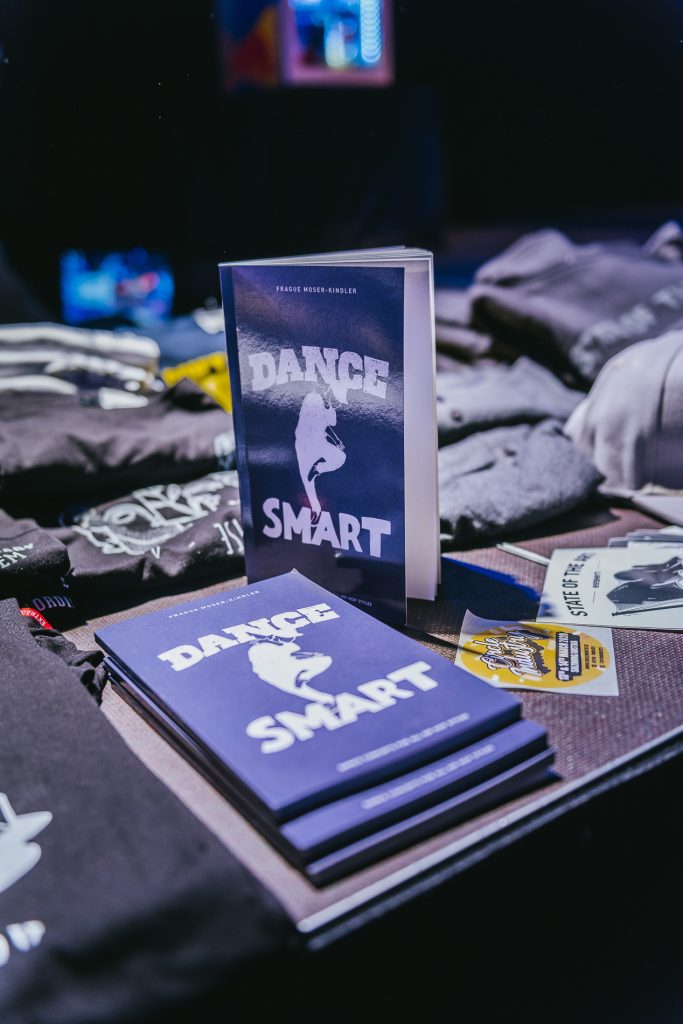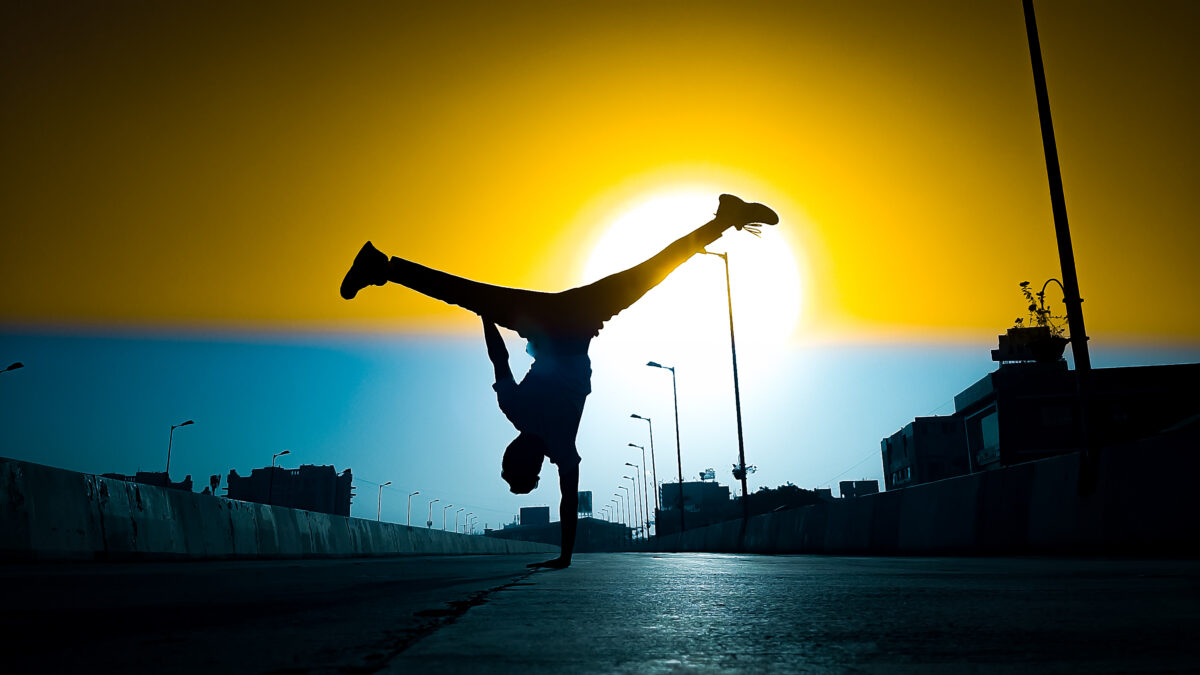Freestyle dance is an art in itself. When we watch someone dance, more often than not, it’s the raw, unscripted moments that leave us awestruck. That’s the beauty of freestyle dance – it’s an unfiltered expression, a dance of the soul, unique to the dancer. It’s like a painter’s brushstroke, distinct and telling a story only they know. While choreographed sequences have their place and charm, freestyle is where the spirit runs wild, unrestrained by sequences or patterns. How does one channel this freedom without getting lost in it? Over the years, amidst my various dance endeavours, I’ve found that while freestyling can be spontaneous, it often thrives on a subtle structure. I’ve played with countless methods, but three have consistently resonated with me and enhanced my dance: Rhythm, Concept, and Storytelling. And to answer the question “How to freestyle in dance?”, from my perspective – we will journey through each of them.
1. Rhythm – Carving Your Own Dance Path Through Music
Music and dance share a symbiotic relationship. However, while many listen to music, few truly hear it. When freestyling, dissecting the track, understanding its highs and lows, and allowing it to guide your movement is essential, if you want to move away from generic repetitions of the same moves, you always do. True mastery lies not in merely following the rhythm but in showcasing your unique interpretation of it. It’s about how you ride the wave, emphasize certain beats, and sometimes choose to defy them. Your dance becomes a visual representation of the song, punctuated with your individual flair.
To do this, you need to practise active listening. Listen to the music carefully, trying to hear the different instruments separately. Most music we dance to has many layers, and it is impossible to dance to all instruments simultaneously. So the art of this freestyle approach is to find your own way through all the instruments. When you decide to switch from one instrument to the next or how you show multiple layers at the same time becomes your signature and it will be different from everybody else.
This way of freestyling benefits a lot from having a good understanding of isolations and polyrhythms so you can add layers of details to the basic moves you use. An amazing example of how far this journey of showing multiple layers can go is the dancer Brian “Footwork” Green. Check out the clip below and pay attention how he showcases different parts of the music.
2. Concept – The Guiding Star of Your Freestyle
Dance can be abstract; sometimes, having a guiding concept can shape your freestyle into a coherent masterpiece. This is akin to giving yourself a delightful challenge or a puzzle to solve. Whether it’s a task like ‘add a pop on every snare drum’ or an abstract idea like ‘water flowing through obstacles’, a concept provides a thematic consistency. It keeps you grounded, gives direction to your movements, and offers endless possibilities to explore within its framework.
If that sounds too abstract to understand, have a look at Paradox exploring a concept called “Tracing,” where you either trace the shape of your body or your movement with your hands or other body parts.
Concepts can be as easy as “movements alternate between left and right” or as complex as “separate your body in three areas and change the instruments you dance to every 3 bars.” The creativity dancers display while coming up with their own concepts is crazy. I wrote a few articles about dance concepts here on the blog and published the book Dance Smart, which introduces 36 basic concepts.

3. Storytelling – Narrating Tales Through Movement
Every dance tells a story. Sometimes it’s vivid, with clear characters and narratives, other times, it’s abstract, leaving much to the imagination. When you approach freestyle with the intent to tell a story, your dance becomes a dynamic play. It could be a story of triumph, a portrayal of a day in your life, or even the narrative of the song you’re dancing to. Each move becomes purposeful, each transition is a plot twist, and your entire dance becomes a journey that the audience embarks upon with you.
With storytelling, there are two different paths you can follow. The easier one is, “How would you portray the story with dance.” Your steps, gestures and facial expressions are a danced version of the things happening in your story. Kinda like impro dance theatre. The second approach would be “how would the dance of a person experiencing the story look like.” Here you would immerse yourself in the emotional world of the story, but don’t mimic the story with your moves. Instead, you would interpret the dance moves with the emotional load from the story. Mostly people travel the spectrum between those two during their storytelling freestyle.
You can watch some great examples in the clip from Freestyle Roulette presented by Galen Hooks below.
Freestyle dance might seem like a world of chaos from afar, but once you’re in it, with the right tools and mindset, it becomes a universe waiting to be explored, one move at a time.

